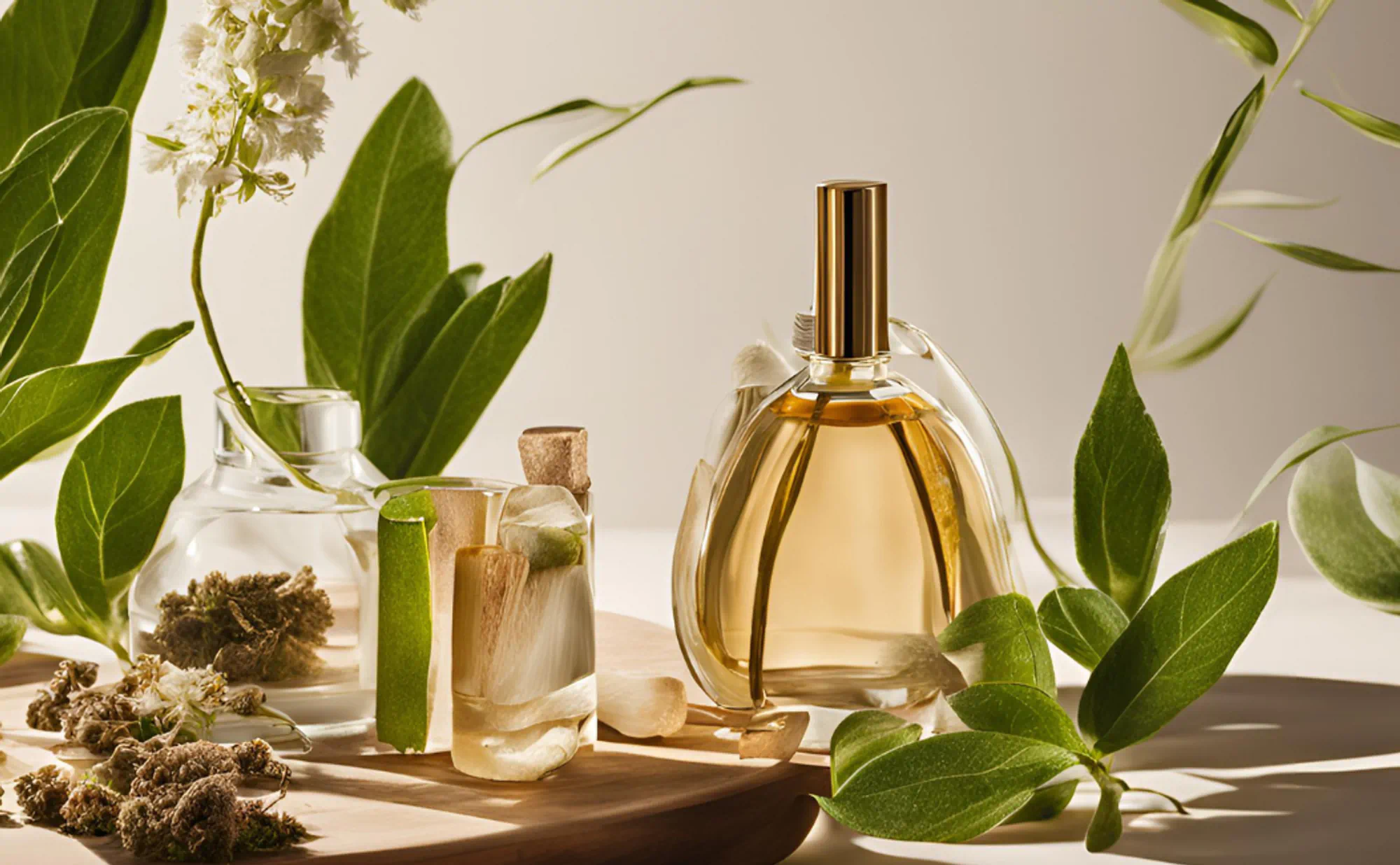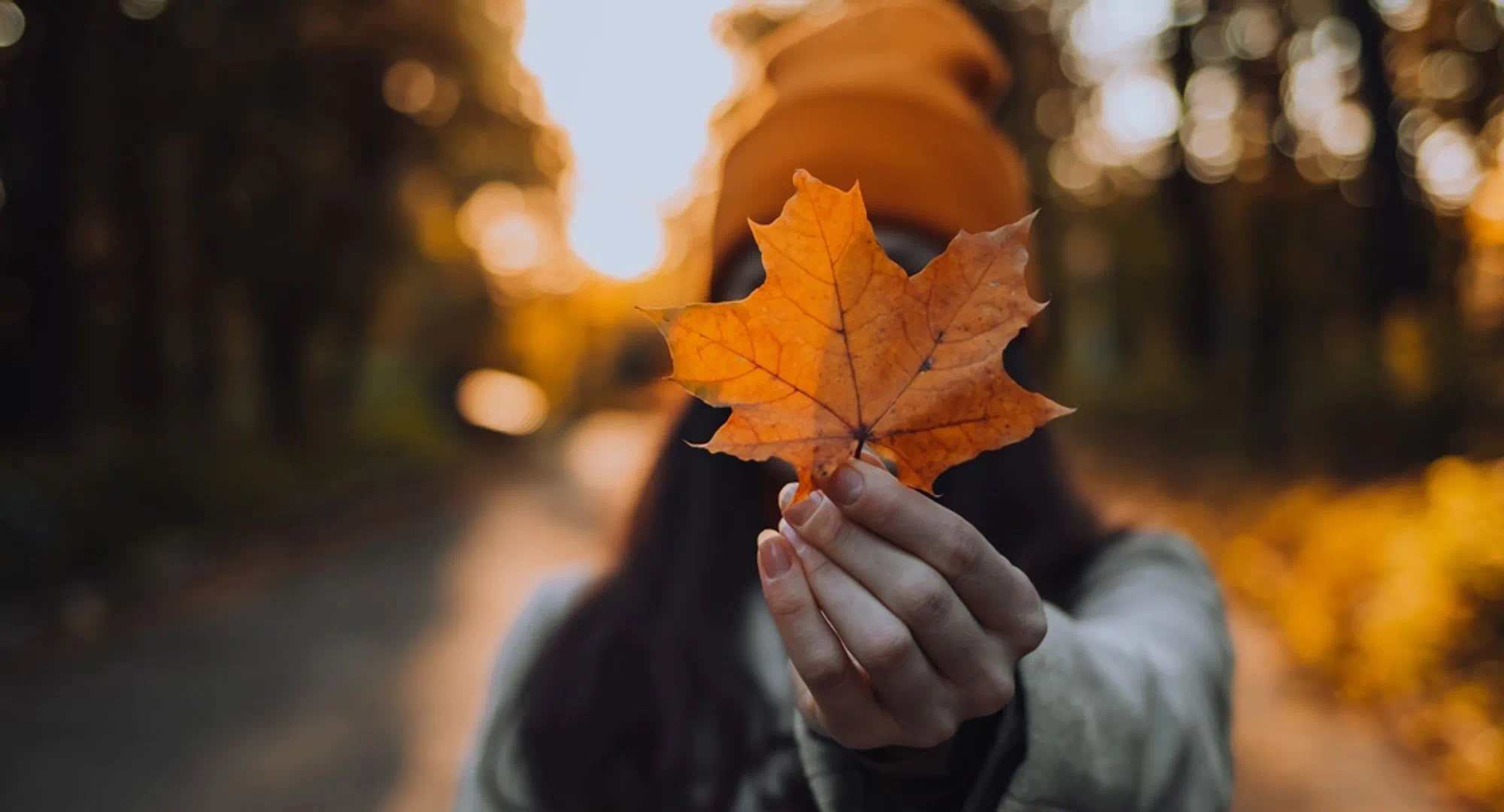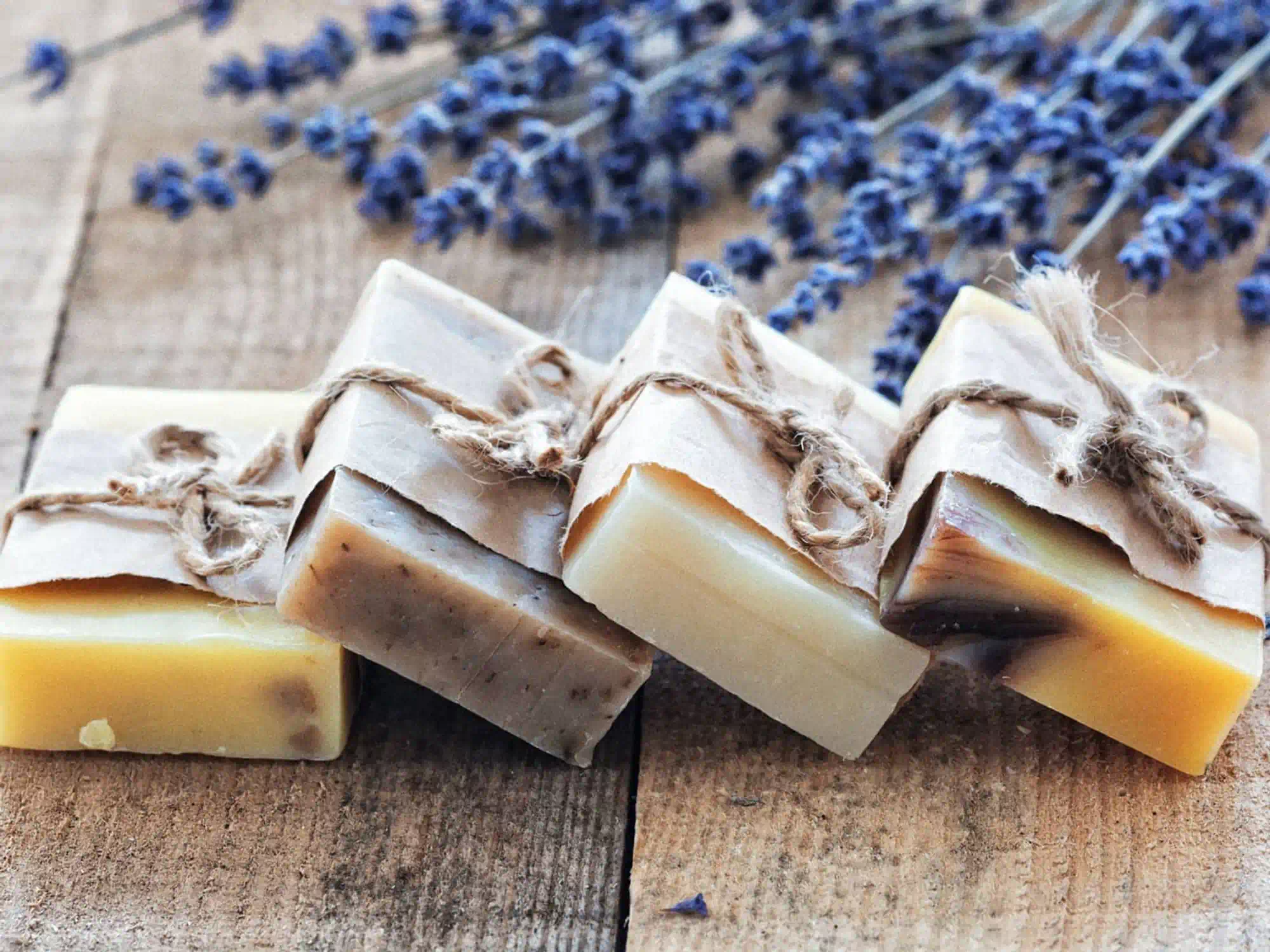3 min
At Firmenich, upcycling is defined as the way to valorize by-products, discarded materials, waste from other industries, and unused products into new materials or products of higher value for a positive impact on the environment. Compared to recycling, which involves the destruction of waste through an industrial process to create something new, upcycling takes waste in its current state and gives it a new lease on life. In a nutshell, one man’s trash is another man’s treasure.
As we all become more familiar with the idea of sustainability, it is clear that this is a very broad concept: in this article, we’re caressing one of the facets of clean & green products. There’s more to it than simply using recyclable packaging: being sustainable means taking into consideration many aspects, especially when it comes to personal care products.
“According to a study by the Personal Care Product Council, 84% of millennials say sustainability influences their purchase decisions, and 60% of gen Z and millennial consumers say they pay attention to how a product is made or sourced, while 66% of the relay they’re willing to pay more for brands committed to positive social and environmental impacts.”
Circular economy as “circular beauty”?
“A circular economy is a system aimed at eliminating waste entirely through the continual, cyclical use of resources” – and this explains why the concept of upcycling is becoming a buzz topic in the beauty industry.
The possibilities of using upcycled ingredients in personal care products keep growing as well as synergies between industries. Within the beauty industry, the skincare and body care segments have taken a particular shine to upcycling. Nowadays, upcycled cosmetics offer is mainly represented by scrubs, peelings, oils, and soaps, but some companies are researching how to develop upcycled perfumes and other cosmetics. As the use of materials derived from food waste in cosmetics grows, so will the sustainable profile of the cosmetic industry at large.
Upcycled fragrance ingredients: the next big thing
Zero waste is becoming the playground also for new fragrance concepts where upcycled fragrances are essentially scents that have been formulated with scent materials or raw materials derived from waste or other by-products: in other words, leftovers from manufacturing processes such as distillation, extraction, and infusions. Among the first perfumes created by upcycling was Etat Libre d’Orange ‘I Am Trash’, A Drop d’Issey EDP by Issey Miyake for women, and Angel Nova by Mugler. Some of the world’s most pioneering Perfumers are setting their sights on circular fragrance and ‘slow scent’.
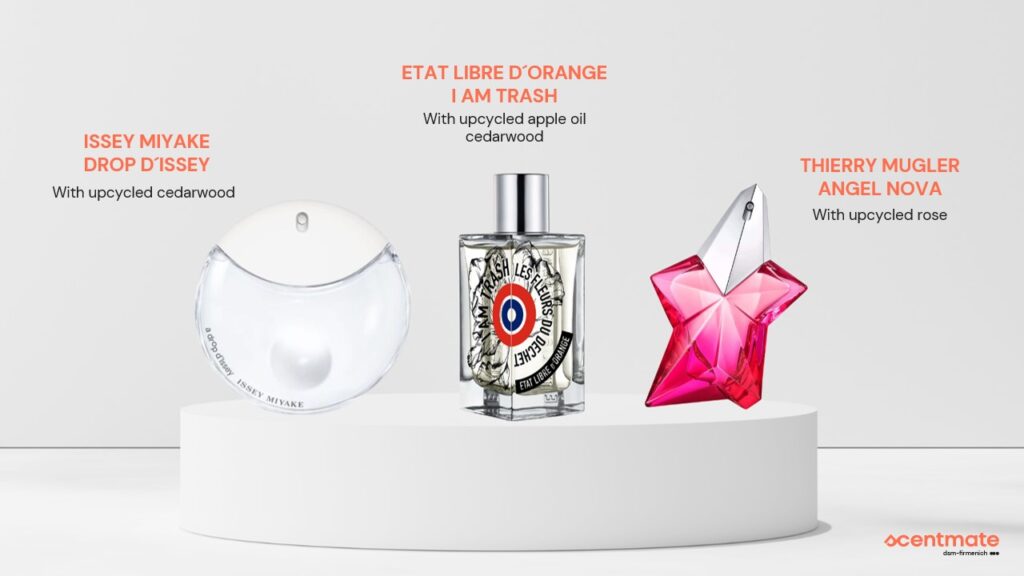
Examples of ingredients that are upcycled:
1. NATURALS TOGETHER™ UPCYCLED CERTIFIED ORIGIN CINNAMON FROM SRI LANKA
The most beautiful sticks are sold to the spice market while the less uniform sticks or the chips are then distilled to get cinnamon essential oil. Moreover, while the branches are cut to extract the valuable bark on them, the leaves can also be extracted as a by-product to get cinnamon leaf essential oil.
2. NATURALS TOGETHER™ UPCYCLED CERTIFIED ORIGIN CEDARWOOD VIRGINIA FROM USA
In the USA, Cedarwood Virginia is primarily employed to build closets that keep bugs away naturally due to their scent. The sawdust or the small parts of wood left after the confection of these closets are then used for distillation obtaining cedarwood Virginia essential oil.
Upcycling and social media:
When comparing the volume of online conversation, it is evident that fashion dominates the Upcycling concept, with around 76% of the conversations, followed by food with 20% of the conversations, and then by Perfumery with almost 4%.
When looking at those numbers, we can see that consumers and brands are not knowledgeable regarding upcycling in the perfumery industry yet. But that it is a promising topic with much potential as is shown by the amount of conversation in the food and fashion sector.
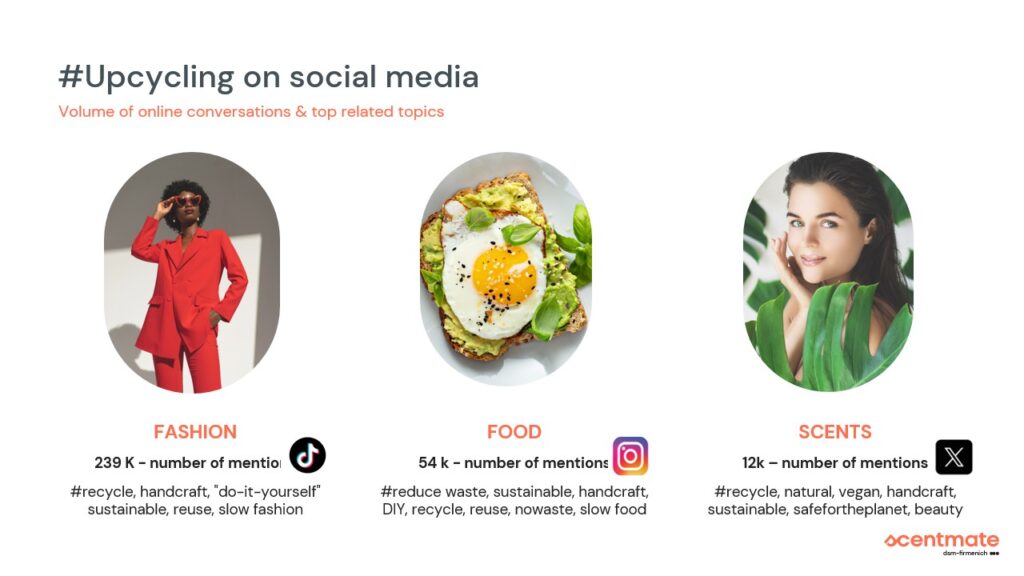
Takeaways
- The idea of “upcycled” is still mainly talked about in the fashion industry:
Zero Waste, Fashion, Thrift shops, vintage, Slow Fashion, Circular Fashion
- Upcycling is still really related to homemade or craft made:
People find a purpose for old unused things like old clothes or old candle jars into new containers.
- Upcycling can be linked to many other popular words:
Recycled, unused, imperfect, ugly, waste, recycle, repurpose, revalorized, new life, second life, discarded, surplus, rescued, leftover, local.
Going zero-waste is more than a trend; it is a necessity. Waste management must prioritize reusing materials, followed by recycling them and putting disposal as the last resource.
By upcycling and choosing no-waste ingredients, we contribute toward a world with less pollution and less loss. Good for the people, good for the planet!
Looking at the fragrances co-created so far by Scentmate, we are very happy to share with you that more than 95% of them contained upcycled ingredients.

